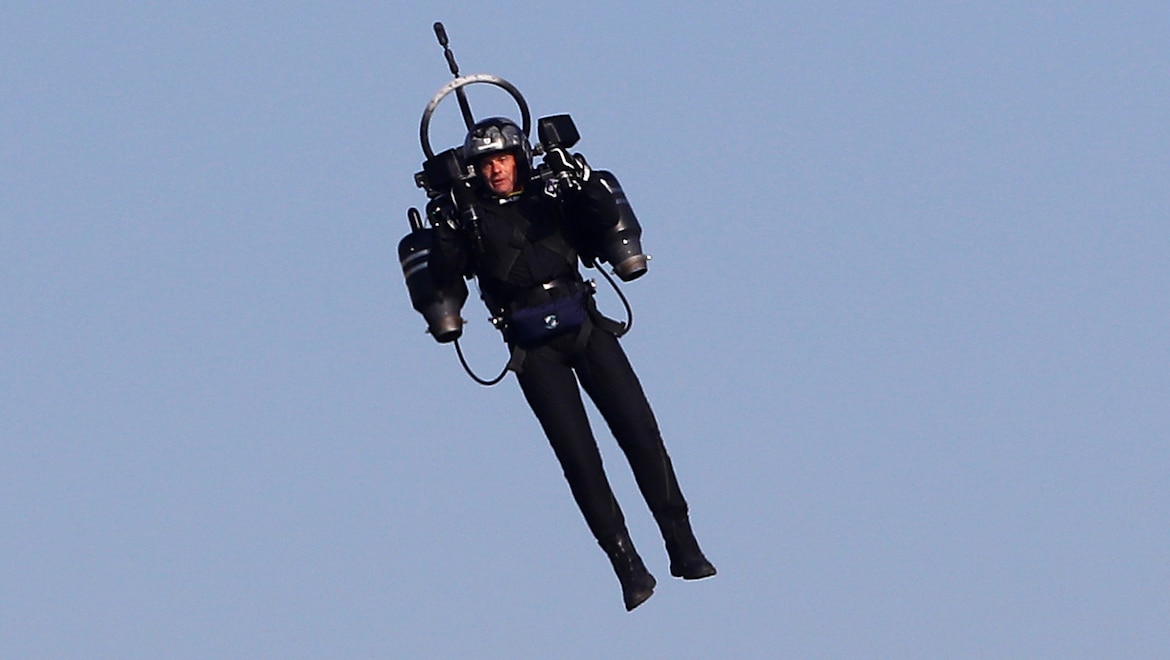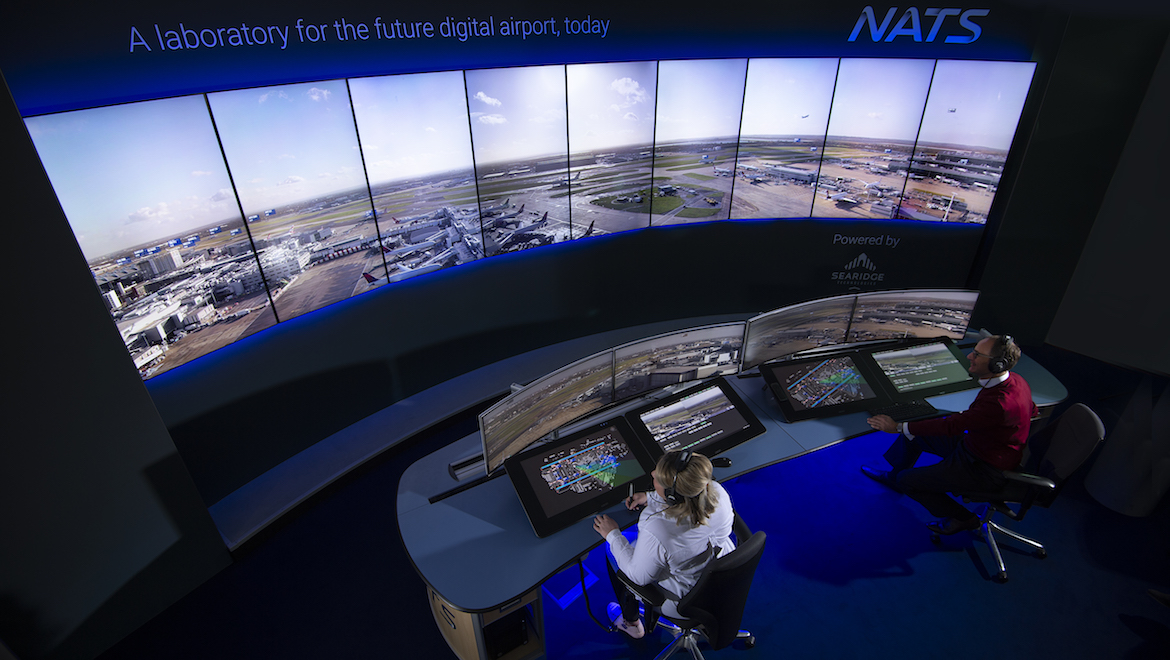
Airservices is reminding pilots 179 ground-based navigation aids will be progressively switched off from 0400 Thursday.
The decommissioning, which also affects associated non-precision approach procedures, is prescribed in Civil Aviation Order 20.18 and comes after the Civil Aviation Safety Authority (CASA) mandated the use of GNSS (Global Navigation Satellite System) as the primary needs of navigation for IFR aircraft from February 4 2016.
Airservices said many of these ground-based navigation aids, comprising NDBs, VORs and DMEs, were at an age where they were beyond their expected operational life and now obsolete due to advances in technology.
“Withdrawn procedures will be replaced with straight-in area navigation (RNAV) approach procedures that perform the same function,” Airservices said on Tuesday.
“At many airports, RNAV approach procedures will be provided at both ends of the runway, essentially duplicating the navigation service.”
Airservices said it had issued three types of Notices to Airmen (NOTAMS) in May alerting operators to the progressive shutdown, which was expected to take about six weeks.
“The NOTAMs advise that the aids should not be used for navigation purposes even though they may still be transmitting an IDENT,” Airservices said.
But writing in the June edition of Australian Aviation, Regional Aviation Association of Australia (RAAA) chief executive Mike Higgins described the decommissioning as “too fast too soon”, and in particular would impact IFR pilot training.
While Higgins said the Navigation Rationalisation Project (NRP) was a worthy one as the industry transitioned to satellite-based navigation, he expressed concerns it would have the “unintended consequence of dramatically increasing the likelihood of a near miss (or worse) over an increasingly congested airspace around NDBs in particular”.
“CASR Part 61 requires using navigation aids for IFR training and both 2D and 3D approaches are required to be tested – and therefore trained – in an actual aircraft,” Higgins observed.
As a result the RAAA has called for the project to be stopped.
“The RAAA calls for a temporary moratorium on any further decommissioning,” Higgins wrote.
“Clearly we need a collaborative approach to ‘take a closer look’ at the decommissioning dates until we can design a more considered and safety-focused approach, rather than a calendar-driven approach.
“An objective starting point would be the risk assessment data previously considered as part of the decommissioning change management plan and the risk mitigation procedures that were considered as part of the increasing IFR flights around decreasing aids. Next would be an assessment of the planned IFR training needs over the next say five years.”
In its statement Airservices said it “consulted extensively on the changes”.












